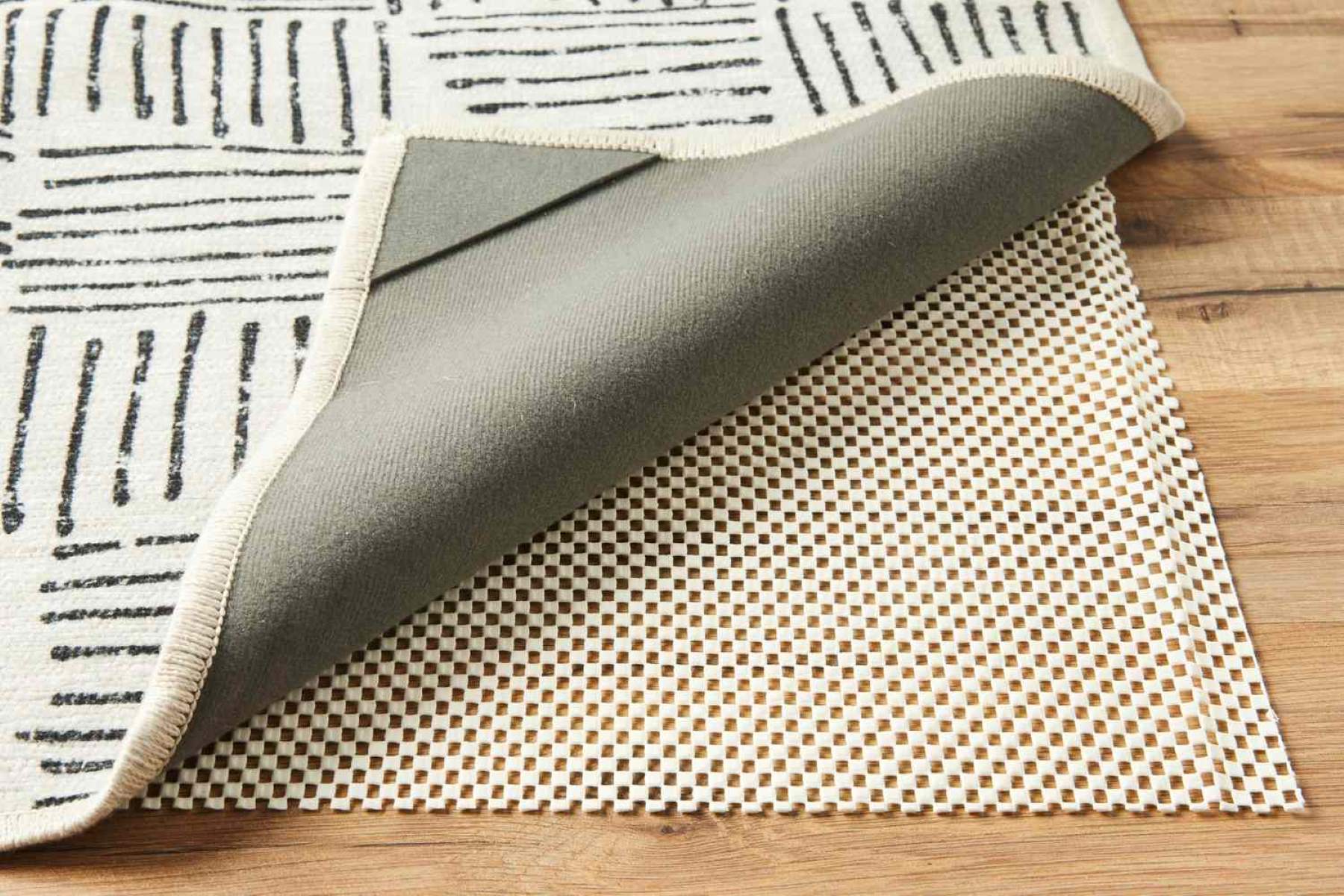

Articles
How To Prevent Rugs From Sliding
Modified: October 20, 2024
Discover effective methods and techniques to prevent rugs from sliding with our informative articles. Keep your rugs in place and ensure a safe and stable home environment.
(Many of the links in this article redirect to a specific reviewed product. Your purchase of these products through affiliate links helps to generate commission for Storables.com, at no extra cost. Learn more)
Introduction
Have you ever experienced the frustration of constantly having to adjust a rug that keeps sliding all over the floor? Not only can it be annoying, but it can also pose a safety hazard, leading to trips and falls. Whether you have a small rug in your bathroom or a large area rug in your living room, keeping them in place can be a challenge.
But fear not! There are several effective methods you can employ to prevent rugs from sliding and ensure that they stay firmly in place. In this article, we will explore the reasons why rugs slide, the problems they can cause, and most importantly, seven practical tips on how to keep them securely anchored.
From using rug gripper pads to strategically placing heavy furniture, you’ll discover a range of techniques that will help you say goodbye to those annoyingly shifting rugs once and for all. So, let’s dive in and find out how to keep your rugs in place!
Key Takeaways:
- Say goodbye to constantly adjusting your rugs with practical solutions like rug gripper pads, double-sided carpet tape, and heavy furniture placement. Enjoy a stable and safe living space without the hassle of sliding rugs.
- Prevent tripping hazards and maintain the aesthetic appeal of your space by using Velcro strips, non-slip rug underlay, and rubber or latex backing to keep your rugs securely anchored. Enjoy peace of mind and a well-maintained interior.
Why Do Rugs Slide?
Understanding why rugs slide can help us identify the most appropriate solutions to prevent this issue. There are several factors that contribute to rugs sliding on various types of flooring surfaces:
- Smooth Flooring Surfaces: Rugs tend to slide more on smooth flooring surfaces like hardwood, laminate, or tile. These surfaces lack the friction needed to keep the rug in place.
- Lack of Gripping Material: Some rugs come with a backing that lacks grip, allowing them to easily slide. This is particularly common in older rugs or low-quality rugs.
- Movement and Foot Traffic: Regular foot traffic can gradually cause rugs to shift and move. If you have children or pets running around, the chances of rugs sliding are even higher.
- Uneven Flooring: Flooring with bumps, dips, or unevenness can lead to rugs sliding or bunching up, especially in high-traffic areas.
- Moisture or Spills: Wet or damp floors can reduce friction and lead to rugs sliding. Spills or moisture can also seep through the rug backing and affect its grip on the floor.
- Wrong Rug Size: Using the wrong size rug for a space can make it difficult to keep it in place. A rug that is too small may not have enough surface area to grip the floor properly.
- Lack of Anchoring: Without proper anchoring, rugs are more likely to slide. This is especially true for lighter and smaller rugs that don’t have enough weight to stay in place.
By recognizing these factors, you can tackle the specific issues that contribute to your rug sliding problems. Now that we understand why rugs slide, let’s explore the common problems that can arise when rugs are not properly anchored.
Common Problems Caused by Sliding Rugs
While it may seem like a minor inconvenience, sliding rugs can actually lead to a range of problems. Here are some common issues caused by rugs that won’t stay in place:
- Tripping Hazards: A rug that constantly slides or bunches up can create a tripping hazard, especially for children, elderly individuals, or those with mobility issues. Trips and falls can result in serious injuries.
- Uneven Wear and Tear: When a rug constantly moves, it can cause uneven wear and tear on the rug itself, as well as the flooring beneath it. This can lead to premature aging of the rug and damage to the underlying floor.
- Damage to Furniture: Sliding rugs can pull or tug on furniture legs, leading to scratches, marks, or even causing them to topple over. This can result in costly repairs or replacements.
- Noise and Disturbance: Rug movement can create noise and disturbance, especially if you have a rug in a high-traffic area. The constant shifting can be distracting and disrupt the peaceful atmosphere of your home.
- Lack of Aesthetic Appeal: A rug that is not properly anchored can look disheveled and unattractive. It can detract from the overall aesthetics of your space, making it appear messy or unkempt.
- Restriction of Door Movement: Sliding rugs can interfere with the smooth opening and closing of doors, causing frustration and potentially damaging the rug or the door itself.
These problems highlight the importance of finding effective solutions to keep your rugs in place. Not only will it enhance the safety of your home, but it will also protect your investment in rugs and furniture. In the next section, we will explore seven tips to help you prevent rugs from sliding.
Tips for Preventing Rugs from Sliding
Now that we understand why rugs slide and the problems they can cause, let’s explore seven practical tips to help you prevent rugs from sliding:
- Rug Gripper Pads: Rug gripper pads are adhesive pads that stick to both the rug and the floor, providing an extra layer of grip. They are available in various sizes and can be easily trimmed to fit your rug perfectly. Simply place the rug gripper pad under the rug to keep it in place.
- Double-Sided Carpet Tape: Double-sided carpet tape is another effective solution to prevent rug sliding. Apply the tape to the edges or corners of the rug, then press it firmly onto the floor. This will create a strong bond and hold the rug securely in place.
- Velcro Strips: Velcro strips can be used to attach rugs to the floor, especially on carpeted surfaces. Apply one side of the Velcro strip to the rug and the other side to the floor. Press them firmly together to create a secure bond.
- Non-Slip Rug Underlay: Non-slip rug underlays are specially designed mats that provide grip and cushioning. Place the underlay between the rug and the floor to prevent sliding. The textured surface of the underlay will grip both the rug and the floor, keeping the rug in place.
- Heavy Furniture Placement: Strategically placing heavy furniture on the edges or corners of the rug can help to anchor it. The weight of the furniture will keep the rug in place and prevent sliding. However, be careful not to damage delicate rugs or scratch your flooring.
- Rug Corners Anchoring: Rug corners tend to curl up and contribute to sliding. To solve this, use rug corner anchors or place heavy objects, such as decorative bookends, on the corners to keep them flat and secure.
- Rubber or Latex Backing: If your rug lacks grip on the backing, consider applying a rubber or latex backing. This can be done using a rug backing spray or by purchasing a backing material and attaching it to the rug. The rubber or latex will add traction and help prevent sliding.
By implementing one or more of these tips, you can significantly reduce the likelihood of rugs sliding and the associated problems. Choose the method that best suits your needs and the type of flooring you have. Remember, a little extra effort upfront can save you from constant rug readjustment in the long run.
Now that you have these practical solutions at your fingertips, say goodbye to sliding rugs and enjoy the stability and comfort that a well-anchored rug brings to your space.
Rug Gripper Pads
Rug gripper pads are one of the most popular and effective solutions for preventing rugs from sliding. These adhesive pads provide an extra layer of grip between the rug and the floor, keeping it securely in place. Here’s how you can use rug gripper pads to anchor your rugs:
Select the Right Size: Measure your rug and choose a rug gripper pad that is slightly smaller than the rug dimensions. This will ensure that the pad remains hidden beneath the rug.
Clean and Prepare the Floor: Thoroughly clean the floor where the rug will be placed. Remove any dust, dirt, or debris to ensure proper adhesion of the gripper pad.
Position the Rug Gripper Pad: Place the rug gripper pad on the floor, sticky side down. Make sure to position it centrally or according to the rug’s size and shape.
Secure the Rug Gripper Pad: Press the rug gripper pad firmly onto the floor, ensuring that it is flat and smooth. Smooth out any wrinkles or air bubbles to ensure maximum contact between the pad and the floor.
Place the Rug on Top: Carefully place the rug on top of the gripper pad, aligning it with the edges. Press down firmly to ensure that the rug adheres to the gripper pad and stays in place.
Rug gripper pads are available in various materials, such as rubber or silicone, and can be easily trimmed to fit the rug size. They are suitable for use on both hard surface floors like hardwood, tile, or laminate, as well as on carpets.
These pads not only prevent rugs from sliding, but they also provide additional cushioning and insulation, extending the lifespan of your rug. Moreover, rug gripper pads can be easily removed without leaving residue or damaging your flooring.
So, if you’re tired of constantly adjusting your rug, give rug gripper pads a try. They offer a simple yet effective solution to keep your rugs securely in place, providing you with peace of mind and a well-maintained interior space.
Read more: How To Prevent Cushions From Sliding
Double-Sided Carpet Tape
Another reliable method to prevent rugs from sliding is by using double-sided carpet tape. This adhesive tape creates a strong bond between the rug and the floor, keeping the rug securely anchored in place. Follow these steps to effectively use double-sided carpet tape:
Clean and Prepare the Floor: Start by thoroughly cleaning the floor where the rug will be placed. Remove any dust, dirt, or debris to ensure proper adhesion of the tape.
Measure and Cut the Tape: Measure the length of the rug’s edges or corners where you want to apply the tape. Cut the double-sided carpet tape into appropriate lengths, ensuring they fit the specific areas.
Apply the Tape to the Rug: Peel off one side of the protective backing from the tape and firmly press it onto the edges or corners of the rug. Make sure the tape is evenly applied along the entire length, creating a strong adhesion surface.
Peel the Other Side and Secure to the Floor: Once the tape is attached to the rug, carefully peel off the remaining protective backing. Then, align the rug in its desired position and press it firmly onto the floor. Apply pressure along the taped areas to create a firm bond between the rug and the floor.
Double-sided carpet tape is particularly effective on smooth flooring surfaces like hardwood, tile, or laminate. It can also be used on carpeted floors, providing additional grip and preventing the rug from shifting.
One advantage of using double-sided carpet tape is its versatility. You can easily remove the tape without leaving residue or causing damage to the floor. However, keep in mind that repeated use of the tape may decrease its stickiness over time, so you may need to replace it periodically.
With double-sided carpet tape, you can enjoy the convenience of a securely anchored rug that stays in place, even in high-traffic areas of your home. Say goodbye to the frustration of constantly rearranging your rug and confidently step onto a stable and well-positioned floor covering.
Use rug pads or grippers to keep rugs in place. These can be placed under the rug to provide traction and prevent slipping.
Velcro Strips
If you’re looking for a versatile and adjustable solution to prevent rugs from sliding, Velcro strips are an excellent choice. Velcro strips provide a strong bond between the rug and the floor, keeping the rug securely anchored in place. Here’s how you can effectively use Velcro strips:
Select the Velcro Type: Choose a suitable Velcro strip based on your rug and flooring type. Opt for heavy-duty Velcro strips that are designed to withstand the pressure and movement of the rug.
Prepare the Rug and Floor: Clean the surface of the floor where the rug will be placed, ensuring it is free from dust and debris. Similarly, clean the backside of the rug, making sure it is dry and free from any loose fibers.
Cut the Velcro Strips: Measure and cut the Velcro strips into appropriate lengths. Cut one side of the Velcro (either loop or hook) to fit the edges or corners of the rug, and the other side (the opposite of what was cut for the rug) to fit the corresponding area on the floor.
Attach the Velcro to the Rug: Remove the protective backing from one side of the Velcro strip and firmly press it onto the rug’s edges or corners. Ensure that the Velcro is evenly applied along the entire length, creating a strong attachment to the rug.
Attach the Velcro to the Floor: Peel off the protective backing from the other side of the Velcro strip and carefully align it with the corresponding area on the floor. Press it firmly to create a secure bond between the Velcro and the floor.
Versatility is one of the major advantages of Velcro strips. If you need to reposition or remove the rug temporarily, simply detach the Velcro strips and reattach them when desired.
Velcro strips are suitable for various flooring surfaces, including hardwood, tile, laminate, and even carpeted floors. They provide a strong grip and prevent rugs from sliding, making them an ideal solution for high-traffic areas or rugs that frequently shift.
By using Velcro strips, you can enjoy a hassle-free and secure rug placement without the need for readjustment. Keep your rugs in their designated spots and maintain a neat and organized living space.
Non-Slip Rug Underlay
If you’re looking for a versatile solution to prevent rugs from sliding on various types of flooring surfaces, non-slip rug underlay is an excellent option. This specially designed mat provides both grip and cushioning, keeping your rugs securely in place. Here’s how you can effectively use non-slip rug underlay:
Select the Right Underlay: Choose a non-slip rug underlay that suits your specific needs and flooring type. Look for underlays made from materials like rubber or latex, as they offer excellent grip and durability.
Measure and Cut: Measure the dimensions of your rug and cut the non-slip rug underlay to match its size. Make sure to trim the underlay slightly smaller than the rug to keep it hidden beneath the edges.
Prepare the Floor: Clean the floor surface where the rug will be placed, ensuring it is free from any dust, dirt, or moisture. This will help the underlay adhere better and provide maximum grip.
Position the Underlay: Lay the non-slip rug underlay on the floor, ensuring that it covers the entire area where the rug will be placed. Smooth out any wrinkles or bumps to create a flat and even surface.
Place the Rug on Top: Carefully place the rug on top of the non-slip underlay, aligning it with the edges. Press down firmly to ensure the rug adheres to the underlay and stays in place.
Non-slip rug underlays are suitable for a variety of flooring surfaces, including hardwood, tile, laminate, and even carpeted floors. They work by creating friction between the rug and the floor, preventing any unwanted movement.
In addition to preventing rug sliding, non-slip underlays also provide cushioning and insulation. They help to extend the lifespan of your rug by reducing wear and tear, making them an excellent investment for maintaining the quality of your rugs.
What’s more, non-slip rug underlays can be easily trimmed to fit different rug sizes and can be reused if you decide to move or rearrange your rugs. They are also removable without leaving residue or causing damage to your flooring.
By using a non-slip rug underlay, you can enjoy the peace of mind that comes with secure rug placement, preventing accidents caused by shifting rugs and maintaining a tidy and safe living space.
Heavy Furniture Placement
If you’re looking for a simple and effective way to prevent rugs from sliding without using additional materials, strategic placement of heavy furniture can do the trick. By strategically positioning heavy furniture on the edges or corners of the rug, you can add weight and stability, keeping the rug securely anchored. Here’s how you can use heavy furniture placement to prevent rug sliding:
Analyze the Rug Placement: Assess the current placement of your rug and identify the areas where it tends to slide or shift the most. Typically, these areas are the edges or corners of the rug.
Select Suitable Furniture: Choose heavy furniture pieces that are suitable for the size and shape of the rug. Opt for items like bookcases, sofas, large coffee tables, or heavy decorative objects that can provide enough weight and stability.
Position the Furniture: Carefully position the selected heavy furniture pieces on the edges or corners of the rug. Make sure the weight is evenly distributed to prevent the rug from bunching up in one area.
Test the Stability: Test the stability of the rug by gently pushing or pulling it. If the rug remains firmly in place, the furniture placement is successful. If there is still some movement, consider adding more weight or readjusting the furniture position.
While heavy furniture placement is an effective method for preventing rug sliding, it is essential to be mindful of the furniture’s impact. Avoid dragging or moving the furniture frequently to prevent damage to both the rug and the floor.
Additionally, be cautious when using this method on delicate rugs or on sensitive flooring surfaces. Place protective pads or felt under the furniture legs to prevent any potential scratches or marks.
By strategically placing heavy furniture, you can add stability and weight to your rugs, significantly reducing the chances of sliding or shifting. This method is particularly useful for larger area rugs or rugs placed in high-traffic areas.
Take advantage of your existing furniture to keep your rugs in place, ensuring a secure and stable environment while maintaining the aesthetic appeal of your living space.
Read more: How To Prevent A Tablecloth From Sliding
Rug Corners Anchoring
One common issue with rugs is that the corners tend to curl up, leading to sliding and tripping hazards. To address this problem and keep your rug securely in place, anchoring the corners is a simple yet effective solution. Here’s how you can anchor the corners of your rug:
Assess the Rug Corners: Examine the corners of your rug to identify the ones that tend to curl up or lift. These are the areas that require anchoring to prevent sliding.
Use Rug Corner Anchors: Rug corner anchors, which are specifically designed for this purpose, are available in the market. These anchors are typically made of sturdy materials like rubber or metal and provide a reliable solution to keep the rug corners flat.
Attach the Anchors to the Rug: Attach the rug corner anchors to the underside of the rug’s corners. The anchors usually have clips or hooks that grip the rug corner, ensuring it stays flat and secure.
Secure the Anchors to the Floor: Once the anchors are attached to the rug corners, position the rug in its desired location. Press down firmly on the corners to ensure the anchors grip the floor and hold the rug securely.
If you don’t have rug corner anchors, you can also utilize heavy objects to anchor the rug corners. Place decorative bookends, paperweights, or even heavy furniture on the corners to weigh them down and prevent curling or sliding.
Another option is to use hook-and-loop fasteners, commonly known as Velcro. Attach one side of the Velcro to the rug corner and the other side to the floor, creating a firm bond between the rug and the floor.
By anchoring the corners of your rug, you can eliminate the annoyance of curling edges and keep your rug securely in place. This method is particularly useful for smaller rugs or those placed in areas with regular foot traffic.
Not only will anchoring the rug corners prevent sliding, but it will also enhance the aesthetics of your space by maintaining the rug’s flat and neat appearance.
Rubber or Latex Backing
If your rugs lack grip on the backing, adding a rubber or latex backing can provide the necessary traction to prevent sliding. This method works well for rugs without a built-in non-slip backing or for rugs that have lost their grip over time. Here’s how you can use rubber or latex backing to keep your rugs securely in place:
Clean and Prepare the Rug: Start by cleaning the backside of the rug to ensure proper adhesion of the rubber or latex backing. Remove any dirt, dust, or debris that may hinder the bonding process.
Choose the Right Backing Material: Purchase a rubber or latex backing material suitable for your rug type and the size of the area that needs grip. Rubber and latex backings are available in various forms, including spray-on backing or adhesive backing sheets.
Apply the Backing: Follow the instructions provided with the backing material to apply it to the rug. For spray-on backing, evenly spray a thin layer on the backside of the rug, ensuring complete coverage. For adhesive backing sheets, cut them to the appropriate size and attach them securely to the rug.
Press and Smooth: After applying the rubber or latex backing, press down firmly on the surface to help it adhere to the rug. Smooth out any wrinkles or air bubbles to ensure a flat and even application.
Once the rubber or latex backing is applied and properly secured, place the rug in its desired location. The added grip from the backing material will help prevent the rug from sliding or shifting, even on smooth flooring surfaces.
It’s important to note that this method may alter the appearance or feel of the rug slightly. Test the backing material on a small, inconspicuous area of the rug first to ensure compatibility and satisfaction with the result.
Rubber or latex backing provides a long-lasting solution to prevent rug sliding, and it can be easily replaced if needed. Additionally, it adds an extra layer of cushioning and protection to your rug, extending its lifespan.
By adding rubber or latex backing to your rugs, you can enjoy the peace of mind that comes with a securely anchored rug, even on the smoothest of surfaces.
Conclusion
Dealing with sliding rugs can be frustrating and even unsafe. Fortunately, there are several effective methods to prevent rugs from sliding and ensure they stay securely in place. By implementing these tips, you can enjoy the stability and peace of mind that comes with a well-anchored rug.
We explored various solutions, from using rug gripper pads and double-sided carpet tape to Velcro strips and non-slip rug underlay. Each method offers its own advantages, allowing you to choose the one that best suits your needs and flooring type.
Additionally, we discussed the importance of anchoring rug corners and using rubber or latex backing to enhance traction and grip. These techniques help combat the common problems caused by sliding rugs, such as tripping hazards, uneven wear and tear, furniture damage, and restricted door movement.
It’s essential to select the appropriate method based on the specific requirements of your rugs and flooring surfaces. Additionally, be mindful of any potential damage or alterations that certain methods may cause to your rugs or floors, and make sure to follow the instructions provided with the chosen solution.
By applying these practical tips, you can say goodbye to the annoyance of constantly adjusting your rugs. Enjoy a safer and more comfortable living space where your rugs stay firmly in place.
Remember, prevention is key. Don’t let sliding rugs interrupt the aesthetics or functionality of your home. Take action today and implement these tips to keep your rugs perfectly anchored.
With a little effort and the right techniques, you can ensure that your rugs provide both style and stability, creating a cozy and worry-free environment for you and your loved ones.
Frequently Asked Questions about How To Prevent Rugs From Sliding
Was this page helpful?
At Storables.com, we guarantee accurate and reliable information. Our content, validated by Expert Board Contributors, is crafted following stringent Editorial Policies. We're committed to providing you with well-researched, expert-backed insights for all your informational needs.
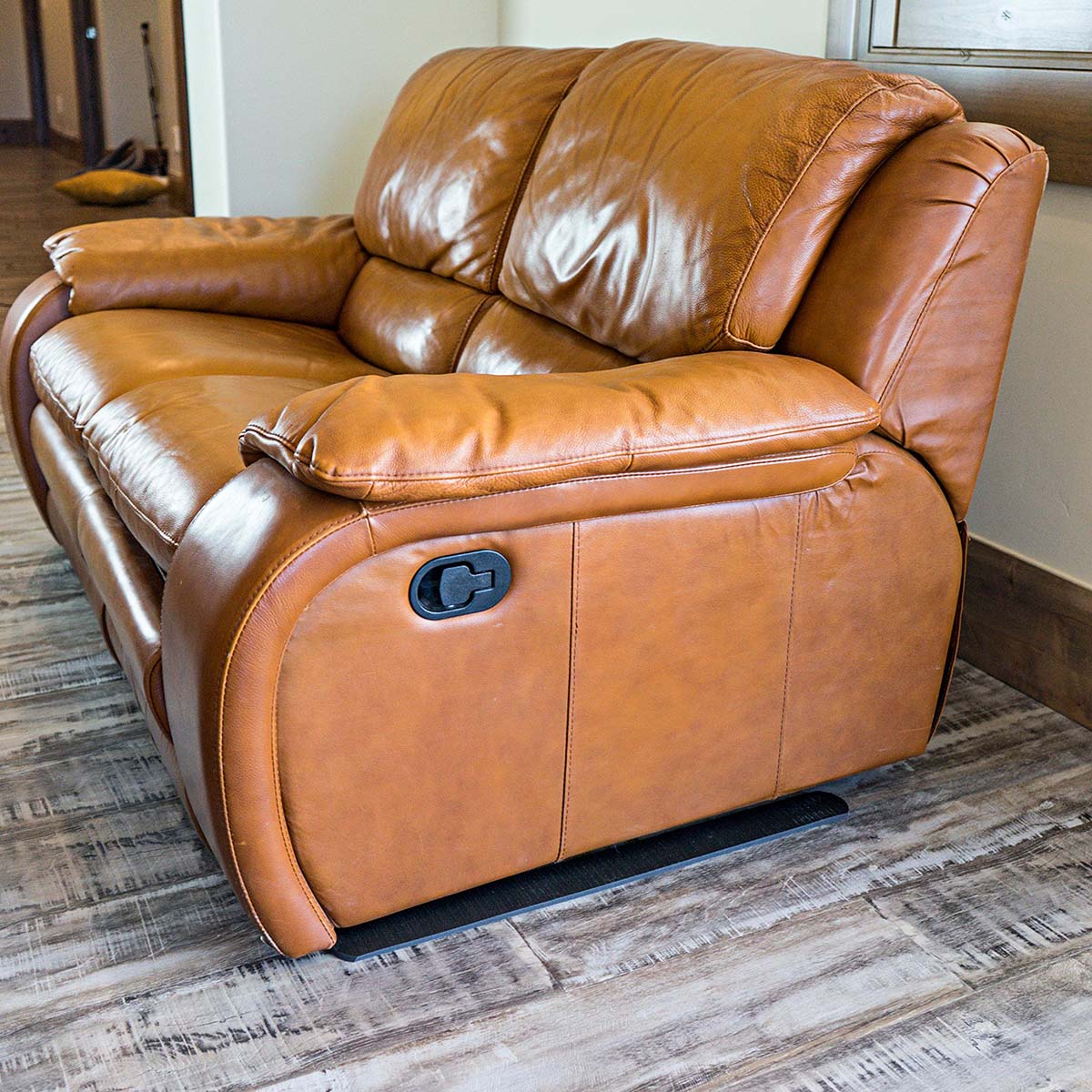
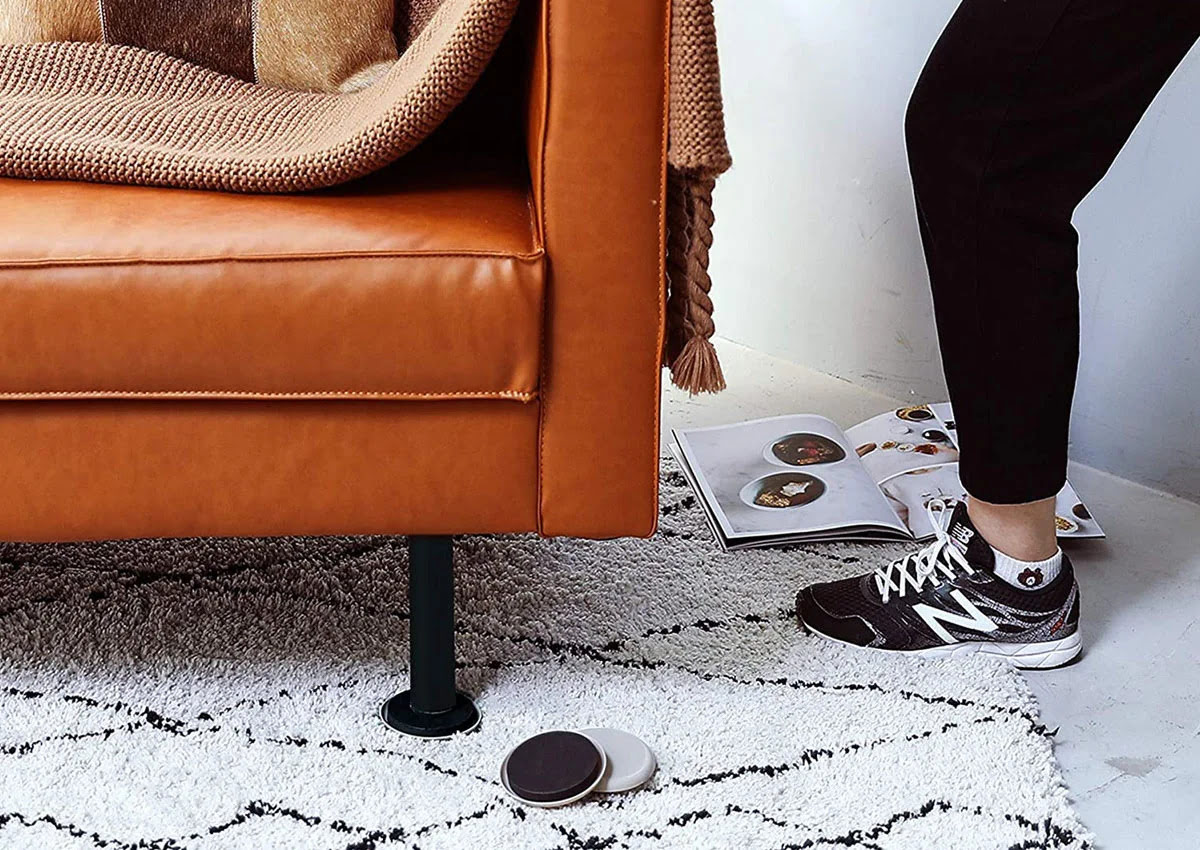

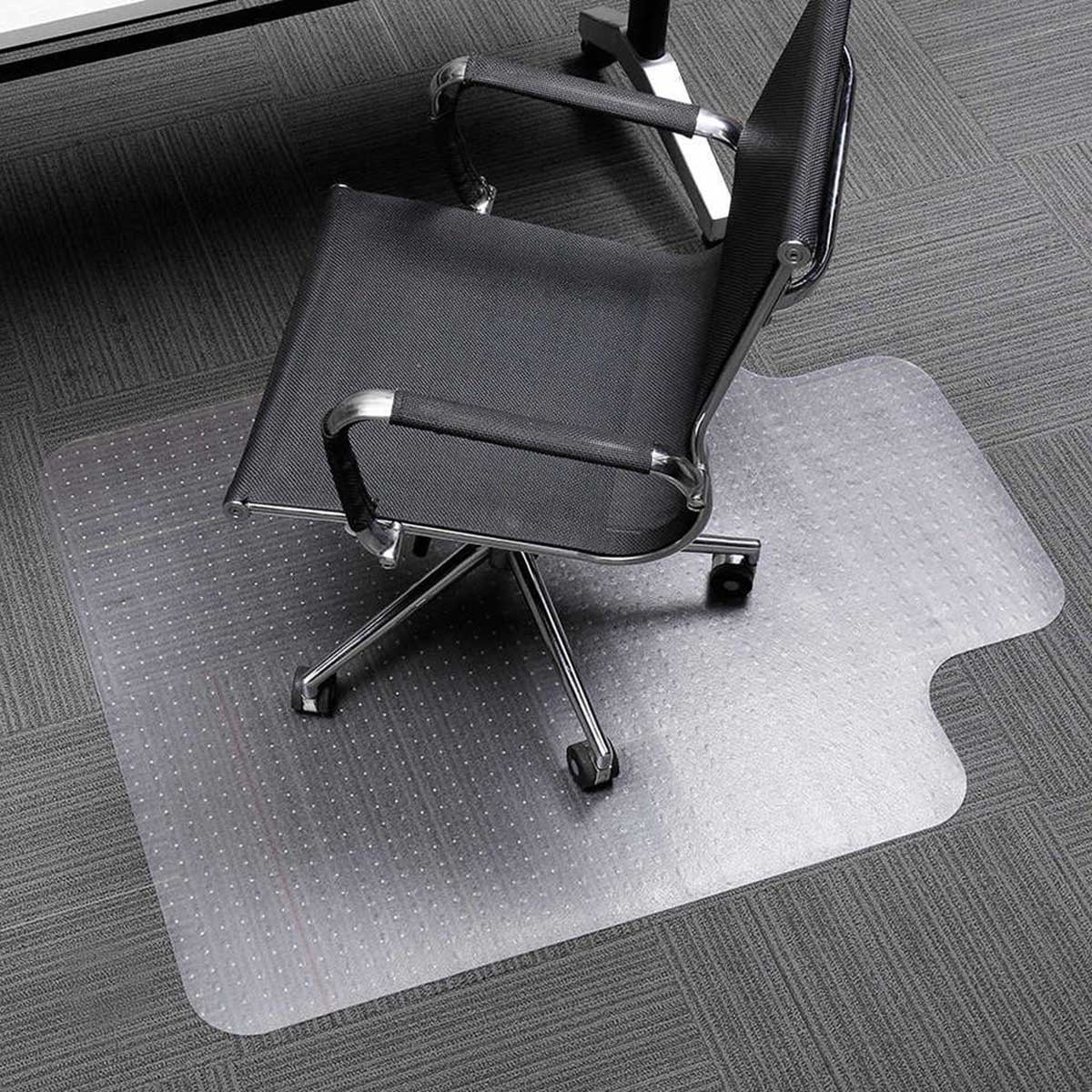
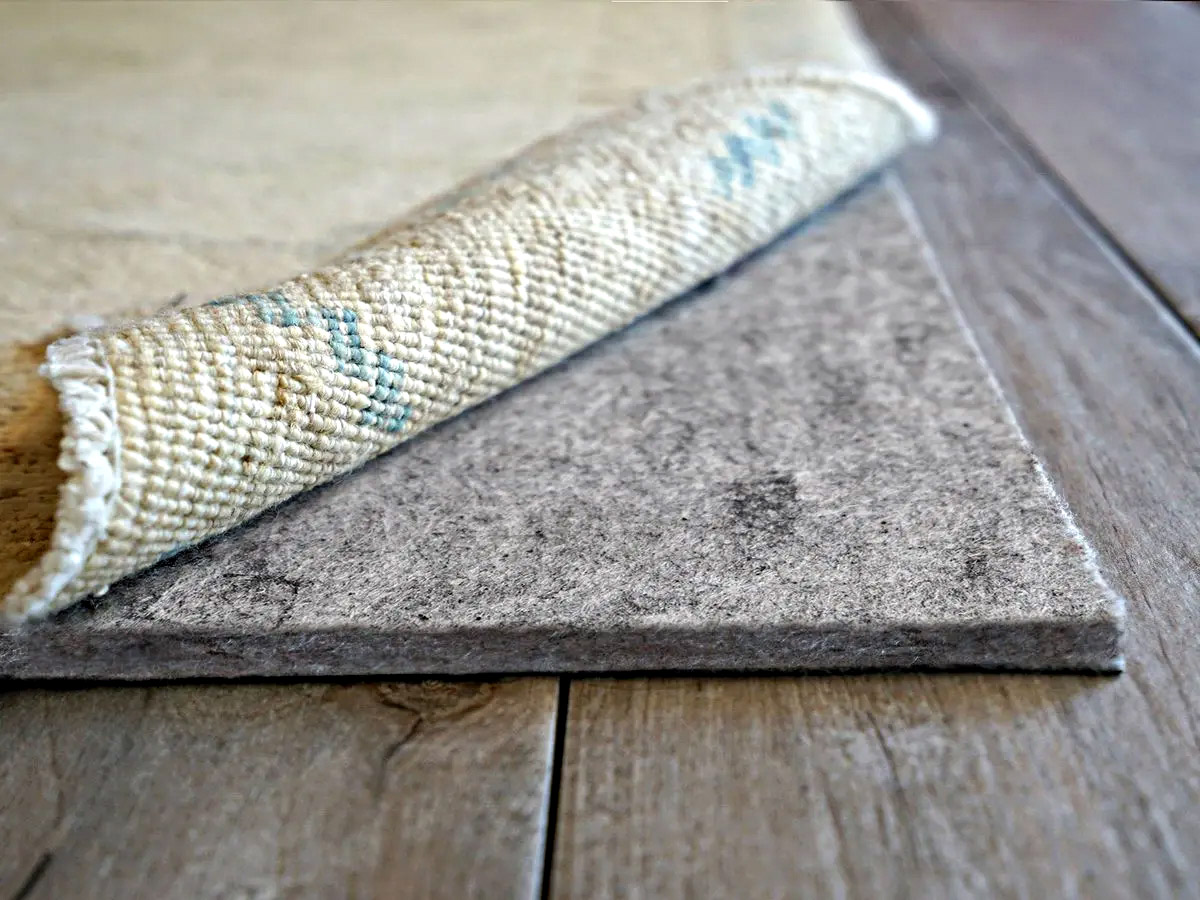
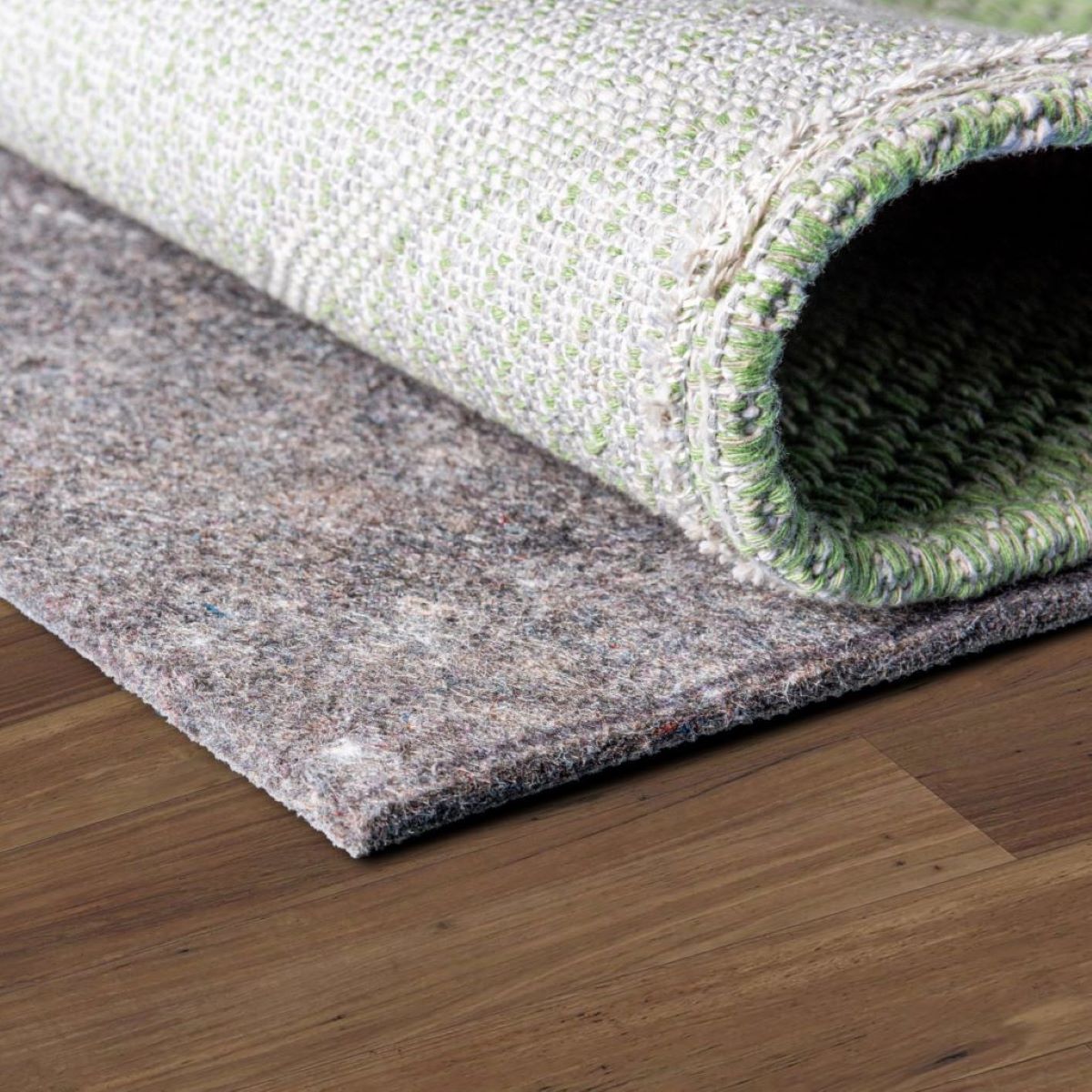

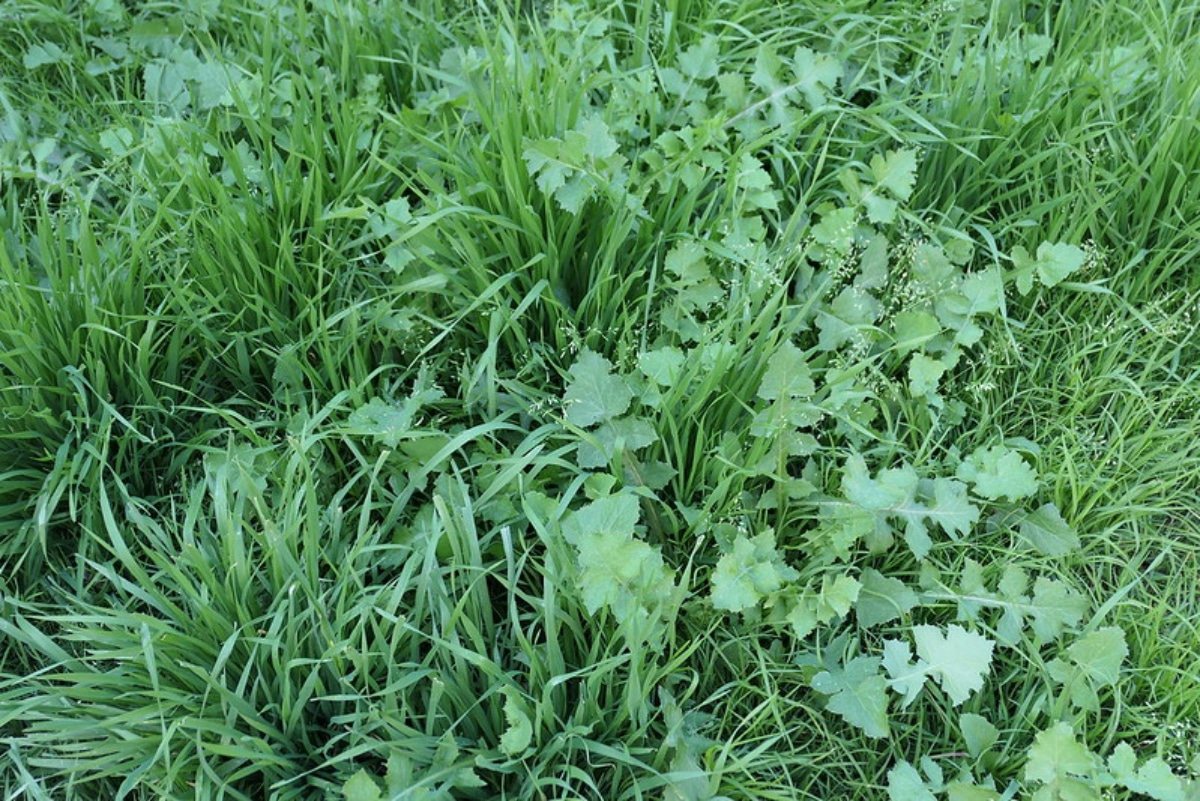
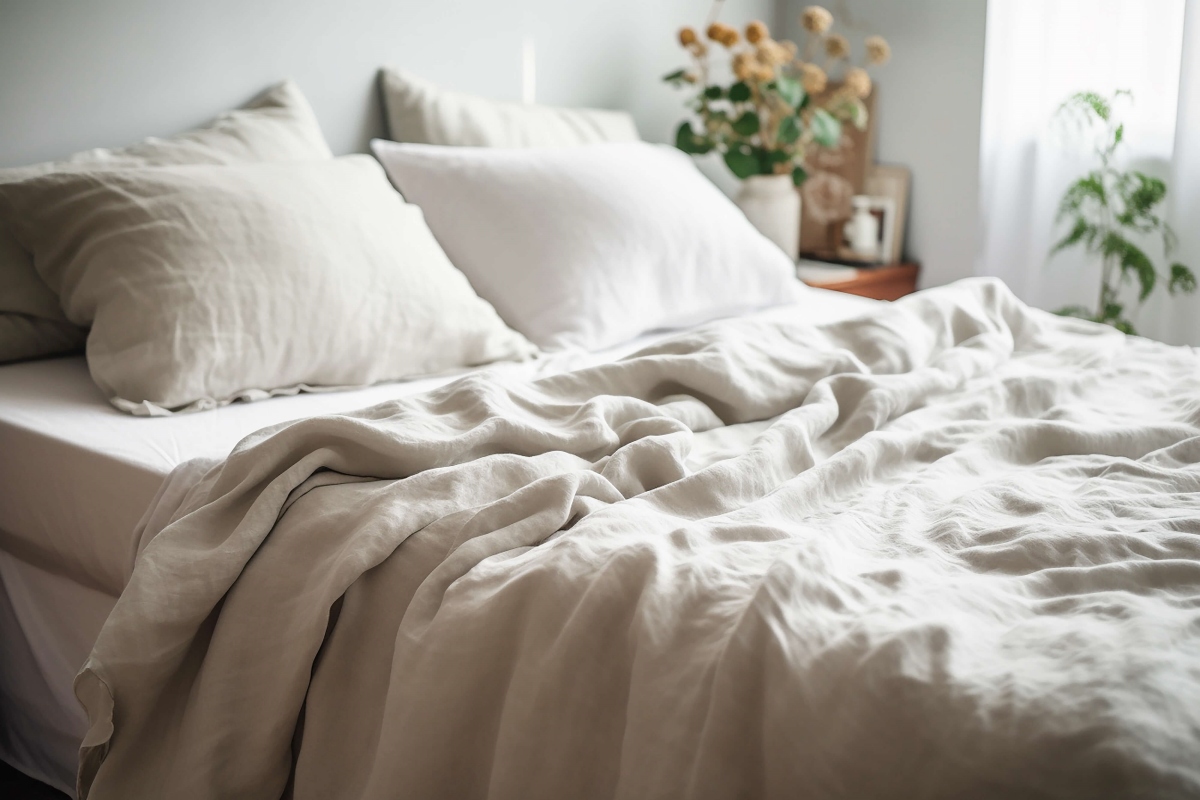
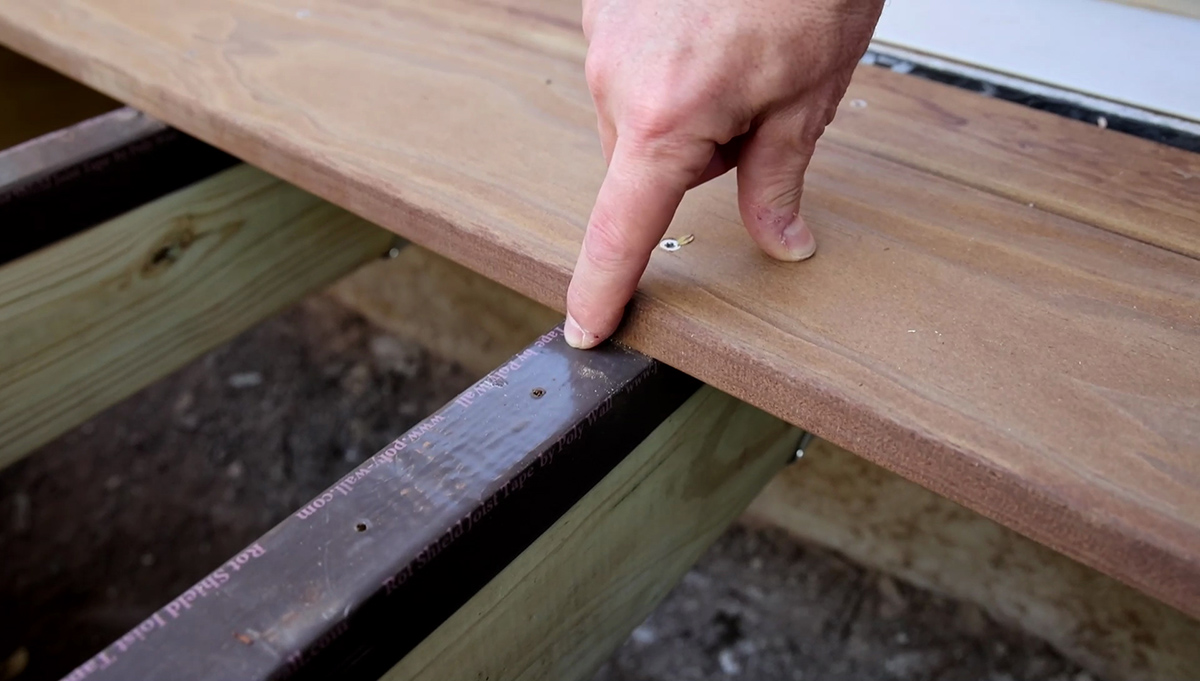
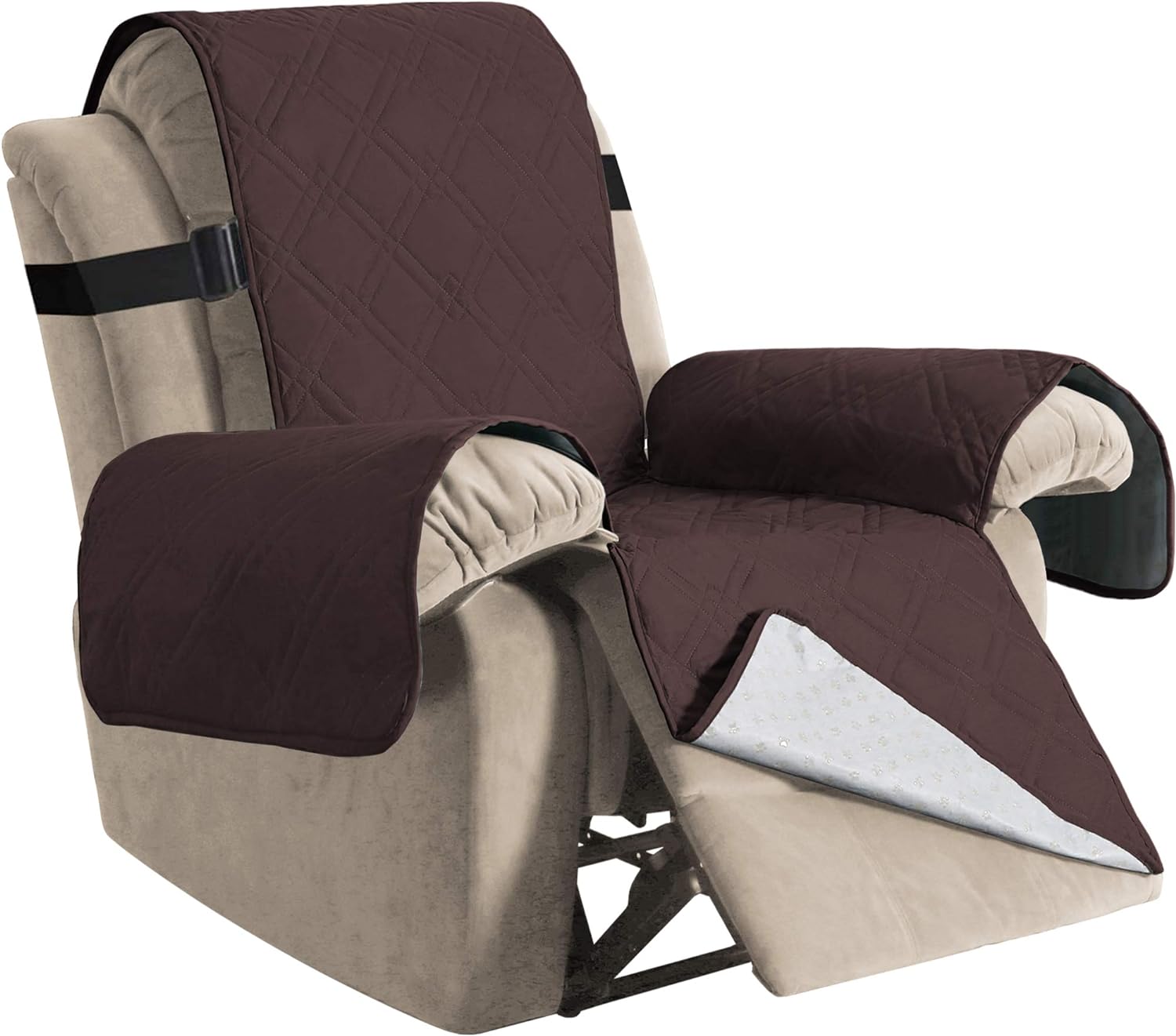
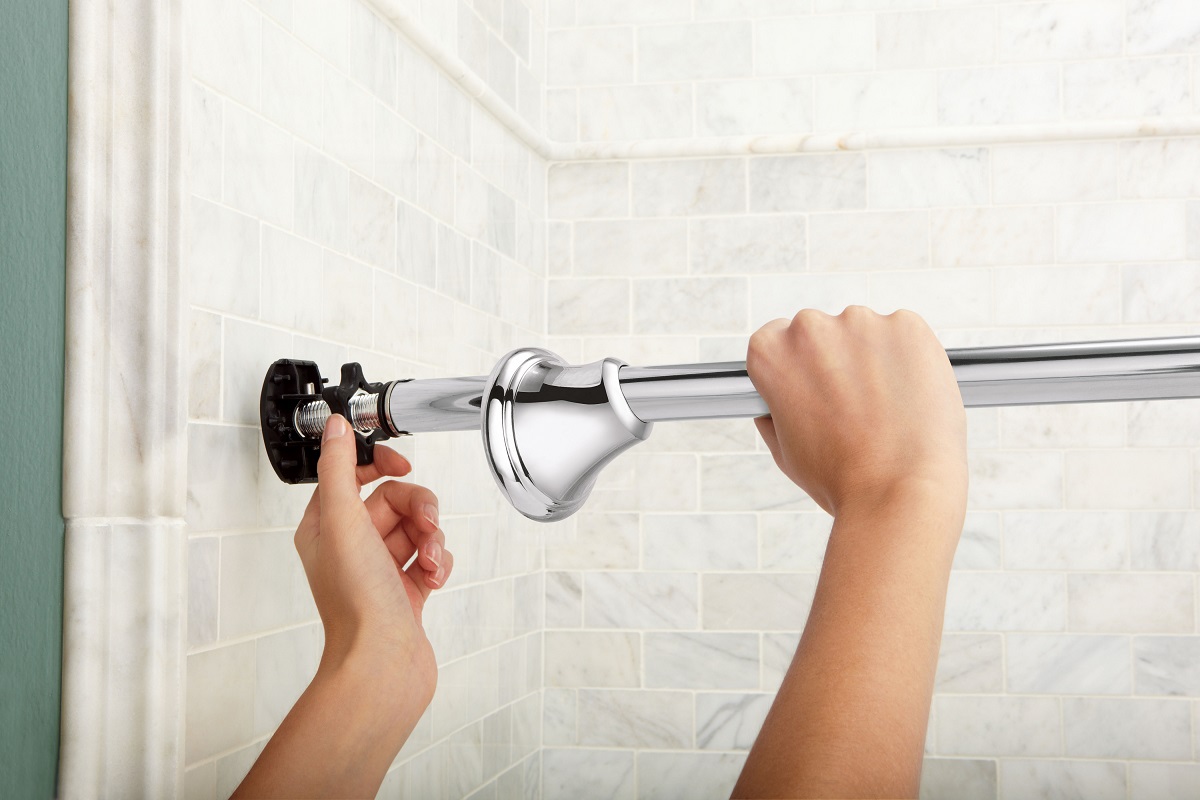
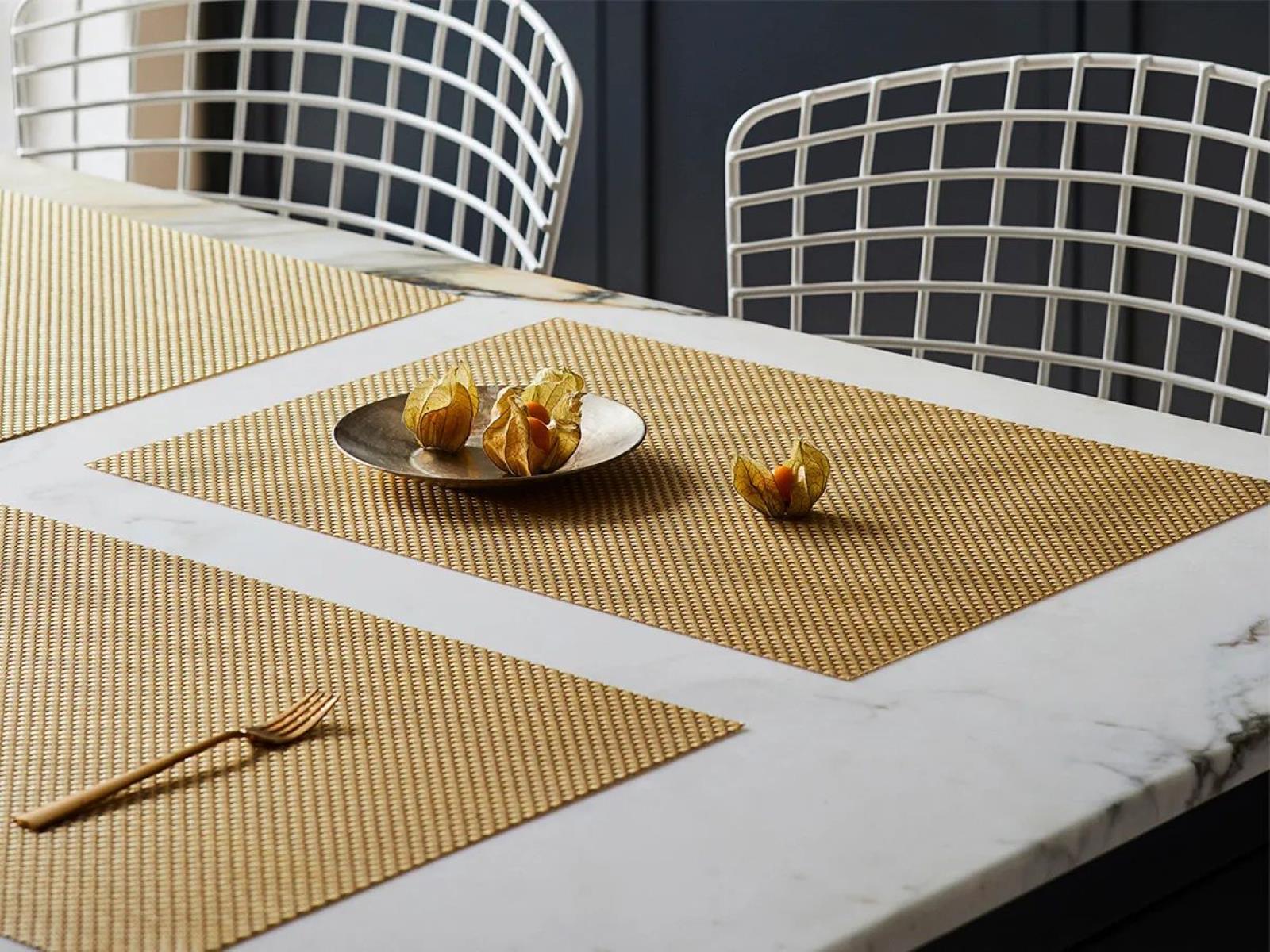

0 thoughts on “How To Prevent Rugs From Sliding”